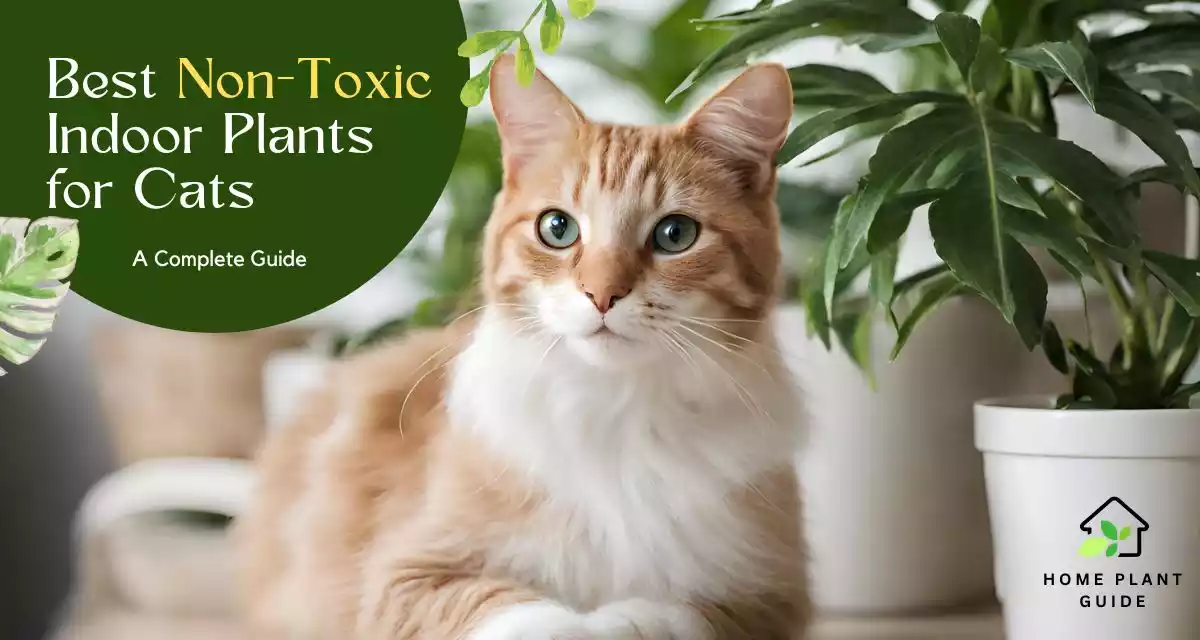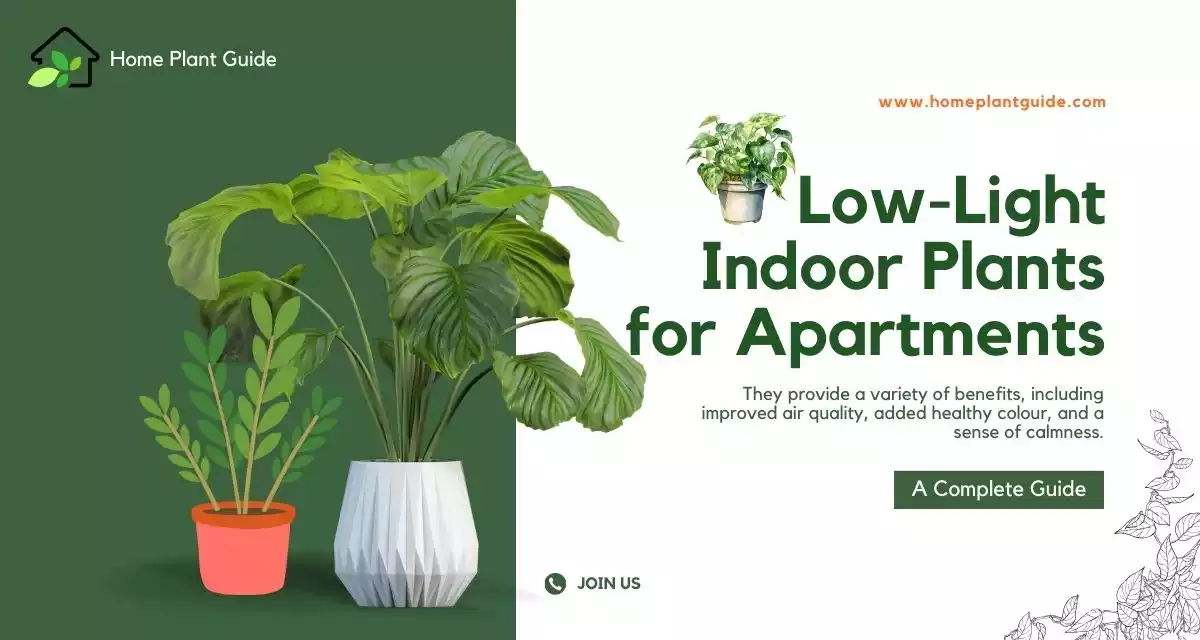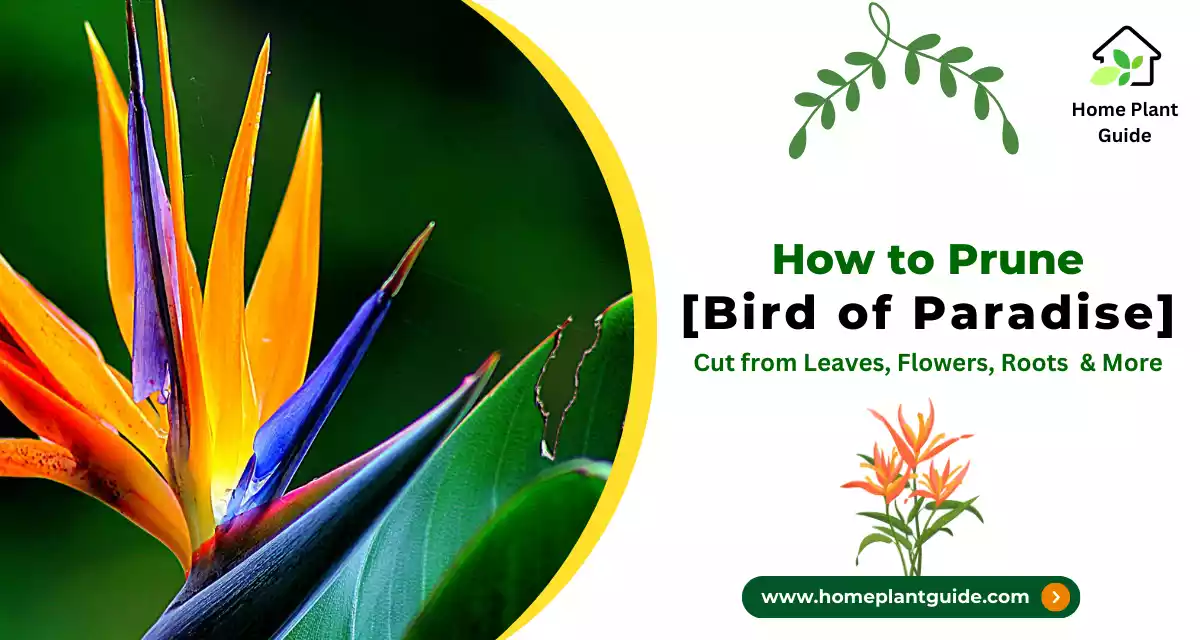Pests can be a major and common problem for all indoor plants. This is a very important question on how to prevent and control pests on indoor plants. They can damage the leaves, stems, and roots and even kill the plant.
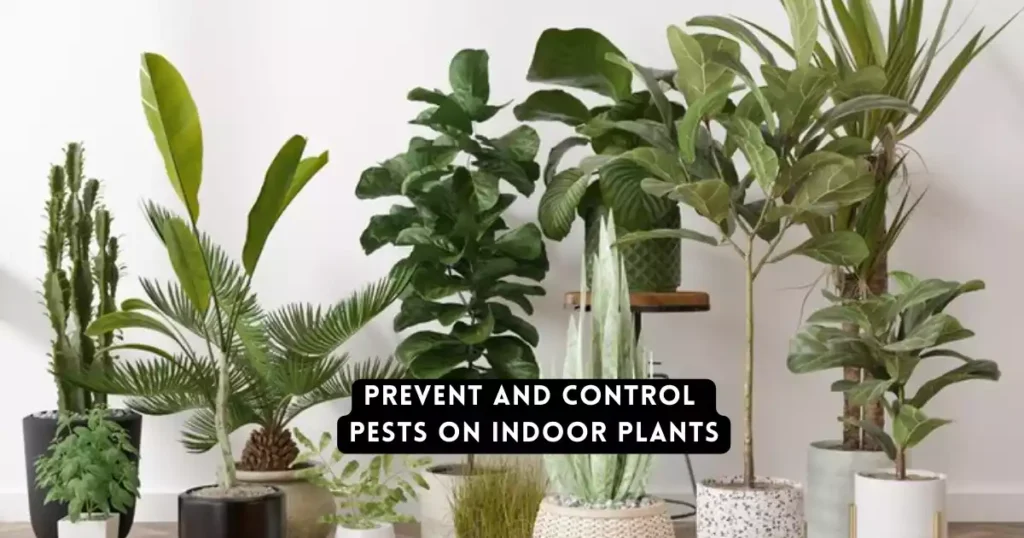
Effective pest control is essential for maintaining healthy and productive plants both indoors and outdoors.
You can protect your plants from damage. You can able to make a bountiful harvest and contribute to a healthy environment.
In This Article
List of Different Pests
Several different pests can attack indoor plants. These are the names of some pests.
Aphids
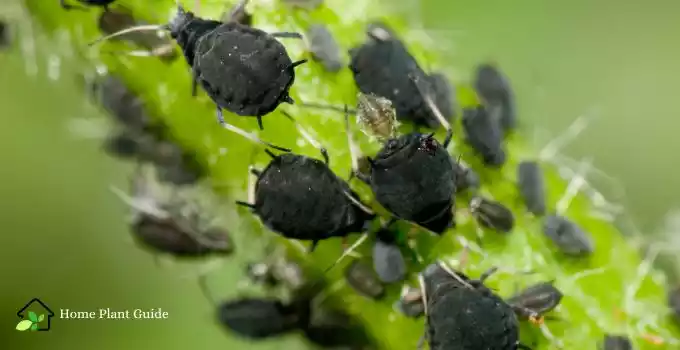
These small, soft-bodied insects are often green, black, or brown. They suck the sap from plant leaves, which can cause the leaves to yellow, curl, and fall off.
Mealybugs
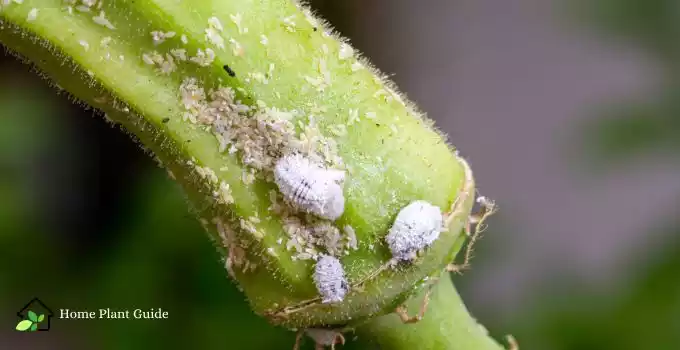
These tiny, white insects look like cotton balls. They extract sap from plant leaves. They generate sticky honeydew, attracting other pests.
Scale Insects
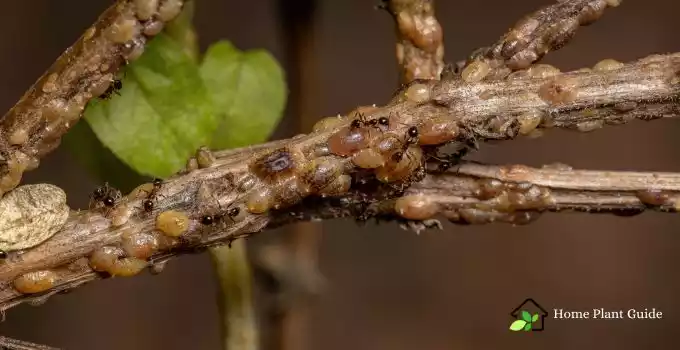
Scale insects come in various shapes and sizes. They all have a hard, shell-like covering. They attach themselves to plant stems and leaves, and they suck the sap.
Spider mites
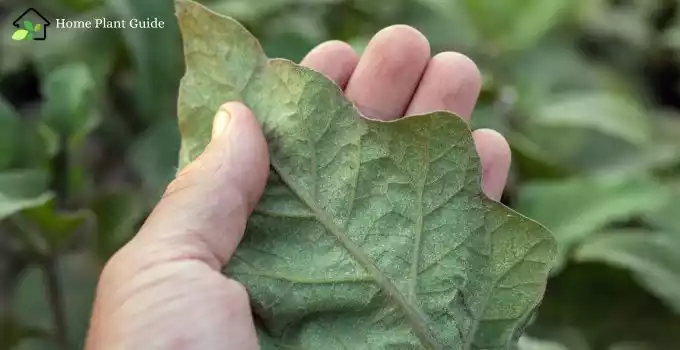
Spider mites are small creatures with eight legs that are difficult to see. However, they can cause significant damage. They spin webs on the underside of plant leaves, and they suck the sap.
Whiteflies

These small, white insects look like moths. They lay their eggs on the underside of plant leaves, and the larvae suck the sap.
How to Control Pests on Indoor Plants
There are several things you can do to control pests on indoor plants.
Prevention
The best way to control pests is to prevent them from getting started in the first place. Here are a few tips:
- Inspect your plants regularly for pests.
- Quarantine new plants for a few weeks before adding them to your collection.
- Avoid bringing plants that are infested with pests into your home.
- Keep your plants clean and free of debris.
- Use a humidifier to increase the humidity around your plants.
Physical Control
If you do find pests on your plants, there are several things you can do to get rid of them.
- Handpick the pests off the plant.
- Spray the plant with a strong stream of water.
- Use a cotton swab dipped in rubbing alcohol to remove pests from leaves.
- Use sticky traps to catch pests.
Read More:
The Ultimate Guide to Growing and Caring for Poinsettia Plant
Biological control
Biological control involves beneficial insects that control pests effectively. These insects prey on pests, or they lay their eggs inside pests, which kill them.
- Ladybugs are a good choice for controlling aphids.
- Lacewings are a good choice for controlling mealybugs and whiteflies.
- Predatory mites are a good choice for controlling spider mites.
Chemical Control
If you have a severe infestation, you may need to use a chemical pesticide. Pesticides should be used as a last resort. They can harm beneficial insects and pollute the environment.
- Choose a pesticide that is labeled for use on indoor plants.
- Follow the instructions carefully.
- Apply the pesticide outdoors, if possible.
What are Organic and Natural Methods for Pest Control?
Insecticidal soap
This is a safe and effective option for many pests. It works by disrupting the insect’s cell membranes, causing them to die.
Neem Oil
Neem oil comes from the neem tree. It kills insects, fungi, and viruses.
Diatomaceous powder
Diatomaceous earth is a powder made from fossilized algae. It is effective against many pests. It works by dehydrating the insects.
Ladybugs and lacewings
These beneficial insects will eat aphids and other small pests.
Garlic spray
This spray can help deter pests from your plants.
Pepper spray
This spray can also be effective against some pests.
Tips for Preventing Pests
Here are a few additional tips for preventing pests on indoor plants:
- Choose plants that are resistant to pests.
- Give your plants the right amount of light, water, and fertilizer.
- Repot your plants regularly.
- Clean your pots and saucers regularly.
- Wash your hands after handling plants.
FAQ:
Q: What are some common signs of pests on indoor plants?
– Discolored leaves (yellow, brown, or spotted)
– Holes or chewed leaves
– Sticky residue on leaves or stems
– White or fuzzy webbing on leaves
– Tiny insects crawling on the leaves or soil
– Slow or stunted growth
Q: How can I get rid of pests on my indoor plants?
The best way to get rid of pests will depend on the specific type of pest you are dealing with. Here are some general tips:
– Remove any infested leaves or stems.
– Wipe down the leaves with a damp cloth or insecticidal soap solution.
– Spray the plant with an insecticidal spray.
– Apply a systemic insecticide to the soil.
– Use biological controls, such as ladybugs.
Q: When should I use a commercial pesticide?
If you have tried organic methods and they have not been effective then you can use a commercial pesticide.
Read More Tips & Trick

